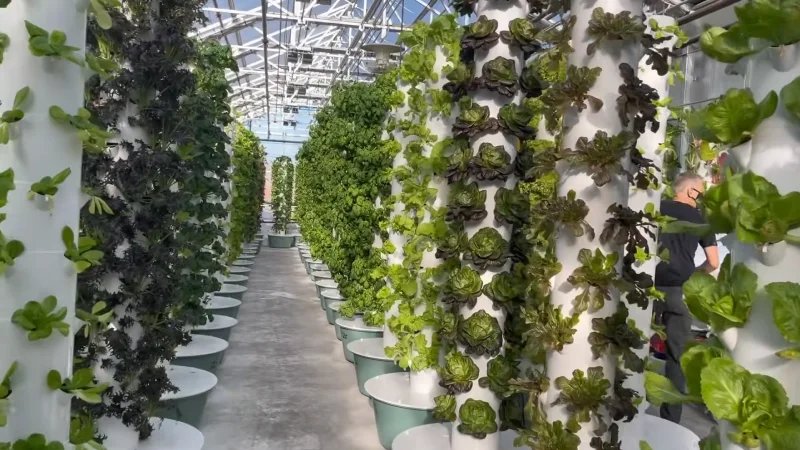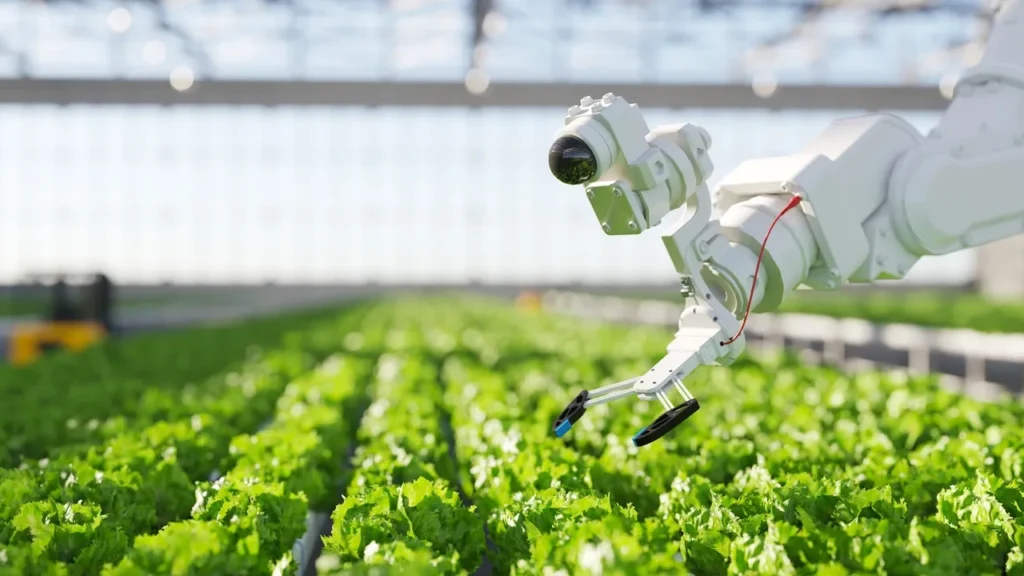Table of Contents
Highlights
- Smart gardening devices now range from simple self-watering spikes to advanced sensor-driven irrigation systems that monitor soil, light, and temperature.
- Choosing the right setup depends on garden size, budget, and whether convenience or data-driven care is the priority.
- Starting small and scaling gradually allows gardeners to enjoy healthier plants, save water, and reduce daily effort.
Gardening used to be based on touch — feeling soil, observing leaves, and speculating when to water. Sensors, basic automation, and low-cost hardware are now altering that method. Whether caring for a lone windowsill succulent or a whole terrace full of pots, there is now technology that provides soft, steady assistance: sensors that detect moisture and light, timers that water just when necessary, and systems that are extremely simple to highly complex.

What is available and how it behaves
At the most basic end of the scale are passive self-watering devices: terracotta spikes, water globes, and wick systems that release water into the soil slowly. These are handy “set-and-forget” assistants — cheap, tough, and great for short breaks or one-off forgetfulness. They don’t offer readings or schedules, but they minimize daily guesswork for a few pots.
A step higher introduces drip irrigation sets and programmable timers. Such solutions are the workhorses of balcony and terrace gardeners. One timer or one pump can water scores of pots via tubing and emitters installed at each root zone, making the task of watering scores of plants into a few button clicks or a single program. For most city gardeners, this is a sweet spot: significant automation, economical components, and quantifiable water savings without the engineering of an electronics ecosystem.
Connected controllers and sensors at the upper end bring real data into gardening. In those systems, sensing and action are usually distinct: probes or Bluetooth soil sensors measure moisture, temperature, and light, while a controller or valve converts that information into watering decisions. Bluetooth devices operate locally from a phone, whereas Wi-Fi/cloud controllers offer remote access and often include advanced features. Such arrangements work best when a system that responds to conditions changing — as opposed to one on a strict schedule — is wanted.
Picking the proper tools
The proper device to pick depends on several matters-of-fact considerations. First, think about the number of plants and how frequently someone is home to look after them. A short holiday or a couple of windowsill pots rarely justify a fully automatic system; terracotta globes and simple drip emitters are usually sufficient. For those managing a larger balcony, cultivating herbs and vegetables, or aiming to reduce weekly chores, a programmable drip kit with a timer generally represents the best return in convenience and water efficiency.

Decide how much data is useful. Curious gardeners who enjoy learning about plant behaviour will find soil sensors invaluable: they reveal which pots dry fastest, how much light different corners receive, and how watering habits affect soil moisture. If the priority is simply automated watering, a combined solution with both sensor and controller is recommended so readings lead directly to action. Otherwise, data can remain useful but disconnected from practical automation.
Connectivity and longevity are also essential. Local Bluetooth control is usually straightforward and trustworthy for most families since it eliminates cloud reliance and the issues of privacy. Wi-Fi setups allow for remote settings and usually feature rain delay or voice-assistant capabilities. Garden conditions in outdoor or balcony gardens demand products with moisture and sunlight ratings, and capacitive sensors are a better choice than low-quality metal probes as they’re resistant to corrosion and have greater longevity.
Practical expectations: cost, setup, and realism
The budget determines expectations. Small installations can be set up for a few hundred to a couple of thousand rupees with self-watering units and simple drip components. Mid-range systems that automate a number of pots and come with modest sensors or Bluetooth monitors tend to come in the low-to-mid thousands and provide the best value for most city gardeners. Professional multi-zone controllers, solenoid valves, and commercial drip line terrace installations are more expensive but give the least hands-on maintenance and the highest water efficiency.
Installation varies from innocuous to technical. Pushing a spike into the earth takes a minute; the installation of tubing and valves takes planning and, occasionally, local specialist installers. A reasonable strategy is to start with one automated line or zone, see how plants react, and then build outward. This makes initial costs not too formidable and troubleshooting less difficult.
How to use these devices effectively
Controllers and sensors are aids, not replacements, for horticultural judgment. Applying sensors to set baselines for various species avoids two pitfalls: what a snake plant considers “moist” is extremely different from the level of moisture a peace lily requires. One good practice is to observe several pots for a couple of weeks without having the automated watering turned on in order to get a feel for natural cycles, then add a timer or controller calibrated to those observations.

Seasonal variations are important. Monsoon and winter season change humidity, evaporation, and natural precipitation, so cycles need to be adjusted or automated lines stopped accordingly. Smart controllers often have a rain delay function; otherwise, a manual switch-off in heavy rains avoids overwatering and root issues. Periodic maintenance is necessary: inspect tubing for blockages, replace rusted probes, and cover outdoor valves from extended sun or harsh weather.
A brief starter plan
For beginners with smart gardening, a gentle transition builds confidence. Begin with one or two pots and a simple passive device like a terracotta globe or a basic drip emitter; this provides immediate comfort from daily watering without a big outlay. After several weeks of monitoring, install a single soil sensor into one representative pot to discover how light and moisture interact in that microclimate.
If the readings show fluctuating moisture or definite disparities between areas, add a small programmable timer or a single automated line tied to the sensor information. Expand slowly from that tested area, converting other lines or pots only after the initial zone has become stable. This phased approach maintains simplicity, minimizes surprise failures, and offers a smooth learning curve from passive care to sensor-based automation.
The future — more data, less cost, more local choice
Smart technology is developing further. Hardware that previously had a price premium is increasingly becoming affordable, and localized research and manufacturing directions indicate less expensive sensing technology designed for local climates and financial resources. The outcome should be a widening variety of dependable, easy-to-handle sensors and controllers appropriate for Indian conditions, so gardeners can transition step by step from passive systems to responsive, water-frugal automation.
Plant technology is no longer the reserve of tech-conscious enthusiasts. From simple water orbs to complete sensor-based irrigation systems, solutions are available for nearly every gardener and every budget. For minimal-effort dependability, passive and drip systems are effective.

For optimization and responsiveness, sensors in conjunction with controllers make possible watering that is responsive to actual plant requirements. When applied wisely, smart gardening conserves water and time, eliminates anxiety, and enables the production of healthier, greener plants while maintaining the human element of judgment in plant maintenance.